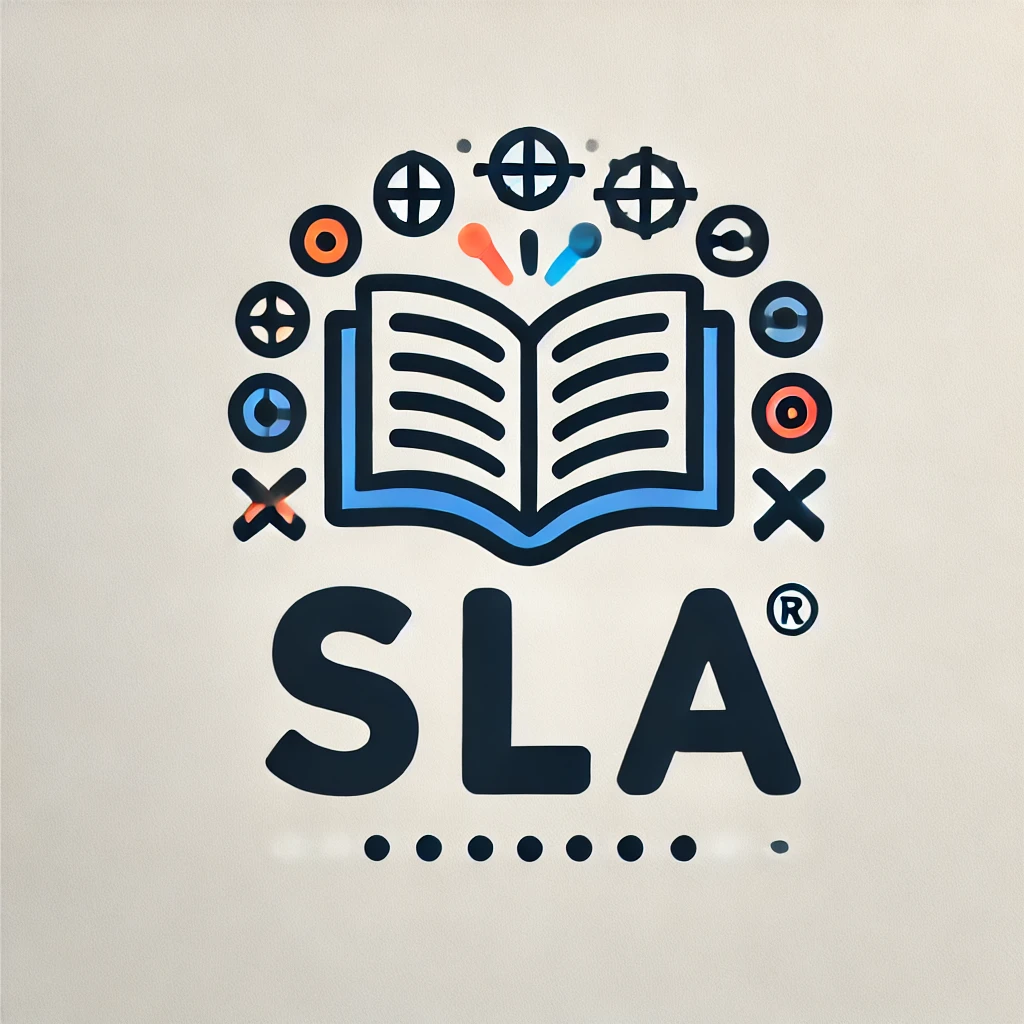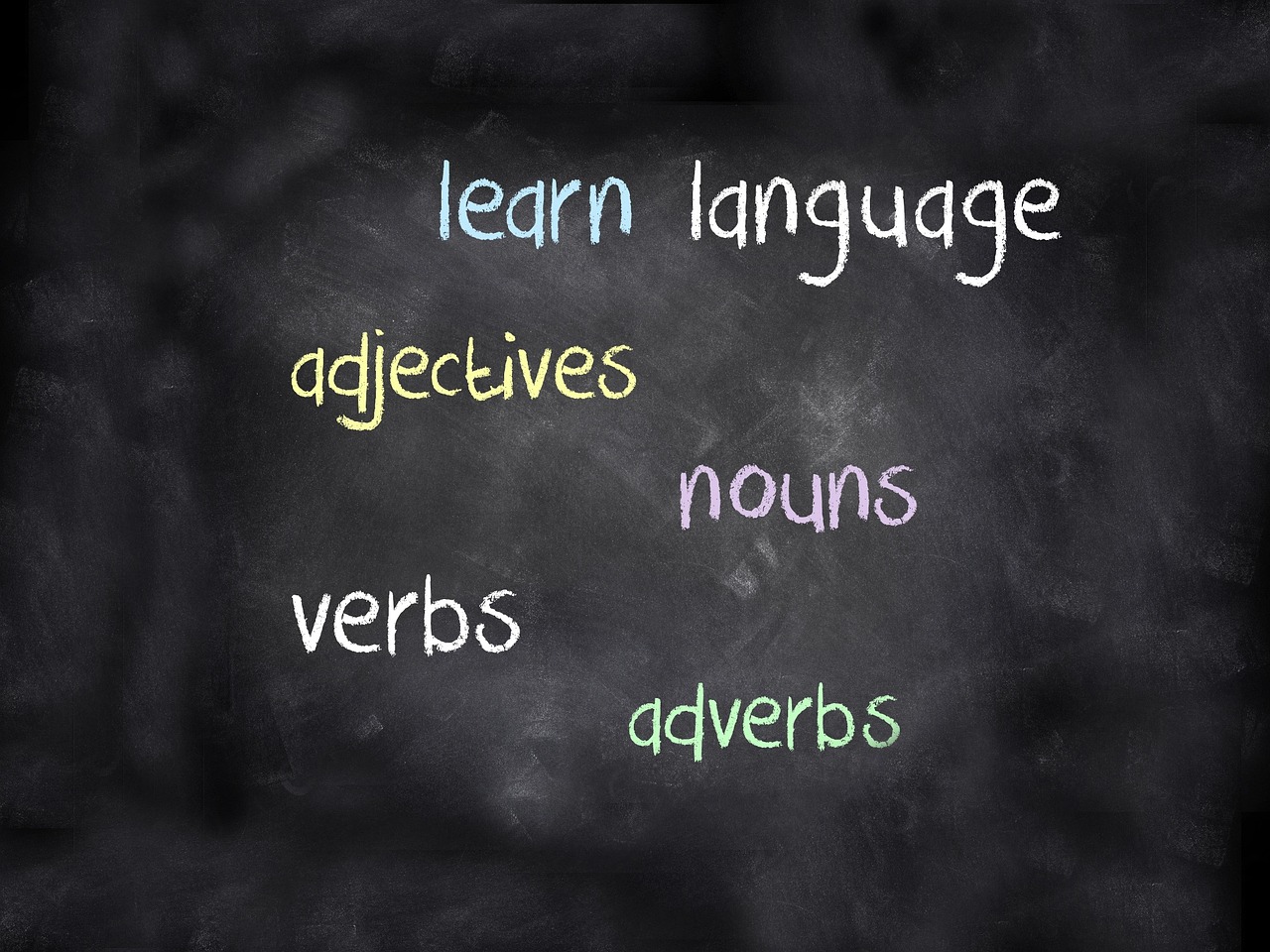Choosing The Right Language Learning App For Your Learning Style
Have you ever struggled with finding the perfect language learning app that suits your unique learning style? With so many options available in the market, it can be overwhelming to choose the right one for you. In this article, we will guide you through the process of selecting the best language learning app based on your individual preferences and needs.
Factors to Consider Before Choosing a Language Learning App
When it comes to selecting a language learning app, there are a few key factors to consider. You need to take into account your learning style, language goals, budget, and the features offered by the app. By evaluating these factors, you can narrow down your options and find the app that best fits your requirements.
Before you dive into browsing various language learning apps, take some time to think about how you learn best. Are you a visual learner who benefits from watching videos and looking at images? Or are you more of an auditory learner who learns best through listening and speaking? Understanding your learning style will help you choose an app that caters to your strengths.
Popular Language Learning Apps on the Market
Duolingo
Duolingo is one of the most popular language learning apps available today. Known for its fun and interactive approach to learning, Duolingo offers a wide range of languages to choose from. The app uses gamification to engage users and make learning a new language enjoyable. Whether you’re a beginner or an advanced learner, Duolingo provides lessons tailored to your level.
Rosetta Stone
Rosetta Stone is another well-known language learning app that focuses on immersion-based learning. The app uses a combination of images, text, and audio to help users develop their language skills. Rosetta Stone offers a variety of languages and allows users to practice pronunciation through speech recognition technology. If you prefer a more traditional approach to language learning, Rosetta Stone might be the app for you.

Babbel
Babbel is a language learning app that is designed to help users learn practical vocabulary and phrases for everyday conversations. With a focus on real-life scenarios, Babbel offers lessons that are relevant and engaging. The app also provides personalized review sessions to help reinforce what you’ve learned. If you want to quickly improve your speaking and listening skills, Babbel could be the right choice for you.
Memrise
Memrise is a language learning app that uses spaced repetition and mnemonic techniques to help users memorize vocabulary and grammar rules. The app offers a variety of courses created by language experts and native speakers. Memrise also features a user-friendly interface and a vibrant community of learners. If you struggle with retaining new information, Memrise can help you solidify your language skills through repeated practice.
Factors to Consider for Visual Learners
If you are a visual learner, you may benefit from using language learning apps that incorporate images, videos, and interactive exercises. Visual learners tend to process information better when it is presented in a visual format. Look for apps that offer visual aids, such as flashcards, illustrations, and videos to enhance your learning experience.
Factors to Consider for Auditory Learners
For auditory learners, the key to effective language learning lies in listening and speaking. Language learning apps that focus on audio exercises, pronunciation practice, and conversation simulations are ideal for auditory learners. Look for apps that offer realistic dialogues, speech recognition technology, and interactive speaking exercises to hone your listening and speaking skills.

Factors to Consider for Kinesthetic Learners
If you are a kinesthetic learner, you learn best through hands-on activities and real-life experiences. Language learning apps that offer interactive games, role-playing exercises, and immersive simulations are well-suited for kinesthetic learners. Look for apps that encourage active participation, such as writing exercises, role-plays, and practical language tasks to engage your tactile senses.
Factors to Consider for Multimodal Learners
Multimodal learners benefit from a combination of visual, auditory, and kinesthetic learning methods. Language learning apps that offer a diverse range of exercises and activities can cater to the needs of multimodal learners. Look for apps that provide a mix of visual, auditory, and hands-on exercises to accommodate your learning preferences.
Choosing the Right Language Learning App Based on Your Language Goals
Your language goals play a crucial role in determining which language learning app is right for you. Whether you want to improve your conversational skills, prepare for an exam, or learn a new language for travel purposes, you need to make sure that the app you choose aligns with your objectives.
Improving Conversational Skills
If your primary goal is to improve your conversational skills in a foreign language, focus on language learning apps that emphasize speaking and listening practice. Look for apps that offer interactive dialogues, pronunciation exercises, and conversation simulations to help you become more fluent and confident in your target language.

Preparing for Exams
If you are studying for a language proficiency exam, such as the TOEFL or the DELF, you need a language learning app that provides test prep materials and practice exercises. Look for apps that offer grammar drills, vocabulary quizzes, and sample tests to help you prepare for the exam. Make sure the app covers all the relevant sections of the exam, including reading, writing, listening, and speaking.
Learning for Travel
If you are learning a new language for travel purposes, consider using a language learning app that focuses on practical vocabulary and phrases for everyday situations. Look for apps that cover essential travel phrases, cultural tips, and interactive exercises to help you navigate foreign countries with ease. Make sure the app includes topics such as ordering food, asking for directions, and making reservations.
Choosing the Right Language Learning App Based on Your Budget
When it comes to selecting a language learning app, your budget is an important factor to consider. Some apps offer a free version with limited features, while others require a subscription or one-time payment for full access. Evaluate your budget and choose an app that provides value for money based on the features and resources it offers.
Free Language Learning Apps
If you are looking for a budget-friendly option, consider using free language learning apps such as Duolingo, Memrise, and HelloTalk. These apps offer a wide range of language courses and practice exercises at no cost. While free apps may have some limitations in terms of advanced features and content, they can still be effective tools for learning a new language on a budget.
Paid Language Learning Apps
If you are willing to invest in your language learning journey, consider subscribing to paid language learning apps such as Rosetta Stone, Babbel, and Pimsleur. These apps typically offer more advanced features, personalized feedback, and additional resources to enhance your learning experience. While paid apps require a financial commitment, they can provide comprehensive language instruction tailored to your needs.
Choosing the Right Language Learning App Based on Features
Beyond your learning style, language goals, and budget, it’s essential to consider the features offered by a language learning app. Look for apps that provide a range of interactive exercises, progress tracking tools, pronunciation practice, vocabulary drills, and grammar lessons. By choosing an app that offers a diverse set of features, you can stay engaged and motivated throughout your language learning journey.
Interactive Exercises
Interactive exercises are an essential component of language learning apps, as they allow you to practice and apply your language skills in a dynamic way. Look for apps that offer a variety of exercises, such as fill-in-the-blank, multiple choice, speaking drills, and role-playing activities. By engaging with interactive exercises, you can improve your language proficiency and retain new information more effectively.
Progress Tracking Tools
Progress tracking tools help you monitor your language learning progress over time. Look for apps that offer features such as daily goals, achievement badges, proficiency levels, and performance statistics. By tracking your progress, you can identify areas for improvement, set realistic goals, and stay motivated to continue learning. Progress tracking tools can also provide feedback on your strengths and weaknesses, allowing you to focus on areas that need more practice.
Pronunciation Practice
Pronunciation practice is crucial for developing clear and accurate speech in a foreign language. Look for apps that offer pronunciation exercises, speech recognition technology, and audio recordings to help you refine your accent and intonation. By practicing pronunciation regularly, you can improve your speaking skills and sound more natural when conversing with native speakers. Choose an app that provides feedback on your pronunciation and offers tips for improvement.
Vocabulary Drills
Building a strong vocabulary is essential for language proficiency. Look for apps that offer vocabulary drills, flashcards, word lists, and contextual examples to help you expand your vocabulary. By learning new words and phrases in context, you can improve your reading, writing, listening, and speaking skills. Choose an app that covers a wide range of topics and themes to enhance your language proficiency.
Grammar Lessons
Grammar lessons are fundamental for understanding the structure and rules of a foreign language. Look for apps that offer grammar explanations, practice exercises, verb conjugations, and sentence formation tasks. By mastering grammar concepts, you can communicate more effectively and accurately in your target language. Choose an app that breaks down complex grammar rules into simple explanations and provides opportunities for hands-on practice.
Conclusion
Choosing the right language learning app for your learning style is a personal decision that requires careful consideration of various factors. By evaluating your learning preferences, language goals, budget, and the features offered by different apps, you can select the app that best meets your needs. Whether you are a visual, auditory, kinesthetic, or multimodal learner, there is a language learning app out there for you. Take the time to explore different options, try out some apps, and find the one that resonates with you. Happy language learning!

